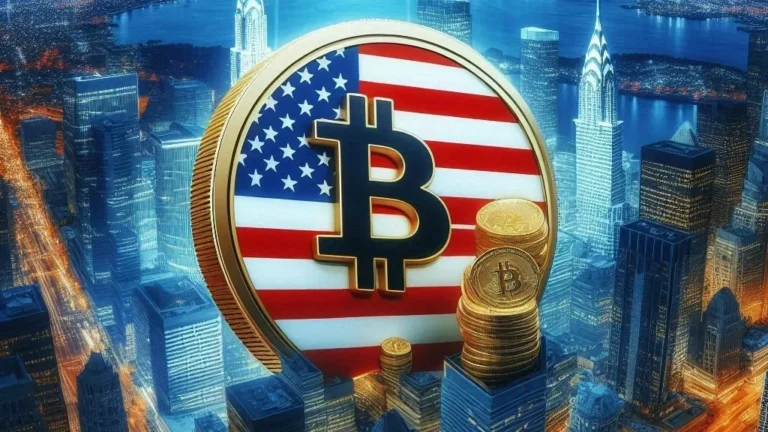Vision for the U.S. Treasury: Utilizing Bitcoin to Strengthen Its Balance Sheet
VanEck’s Plan for Bitcoin Reserves
VanEck’s Head of Digital Assets Research, Matthew Sigel, recently laid out a bold vision for how the U.S. Treasury could harness the power of Bitcoin (CRYPTO: BTC) to bolster its balance sheet. According to Sigel, if Bitcoin were to appreciate at a rate of 25% annually, reaching a staggering $21 million per BTC by 2049, the reserve could potentially offset a significant portion of the projected U.S. debt, approximately 18%.
What Does This Mean for the U.S. Treasury?
By incorporating Bitcoin into its reserve assets, the U.S. Treasury could potentially mitigate some of the financial challenges posed by the growing national debt. This move could provide an alternative form of wealth preservation and potentially offer protection against inflation and currency devaluation. Additionally, the adoption of Bitcoin could enhance the Treasury’s financial flexibility and diversify its asset portfolio.
How Will This Impact Me?
As an individual, the U.S. Treasury’s use of Bitcoin to strengthen its balance sheet could have wide-ranging implications for the economy and financial markets. The adoption of Bitcoin as a reserve asset may impact the value of the U.S. dollar, inflation rates, and overall economic stability. Additionally, this move could pave the way for greater acceptance and adoption of cryptocurrencies in mainstream finance.
Global Ramifications
The U.S. Treasury’s embrace of Bitcoin could reverberate across the world, influencing other countries to consider similar strategies. The use of Bitcoin as a reserve asset by a major economic power like the United States could legitimize cryptocurrencies on a global scale and potentially reshape the international financial landscape. This shift could lead to greater cryptocurrency regulation and integration into traditional financial systems.
Conclusion
In conclusion, VanEck’s proposal for the U.S. Treasury to leverage Bitcoin as a strategic asset presents a compelling opportunity to enhance the country’s financial position and pave the way for a new era of digital currency integration. While the full impact of this potential strategy remains to be seen, the implications for individuals, the United States, and the world at large are profound and deserving of careful consideration.





